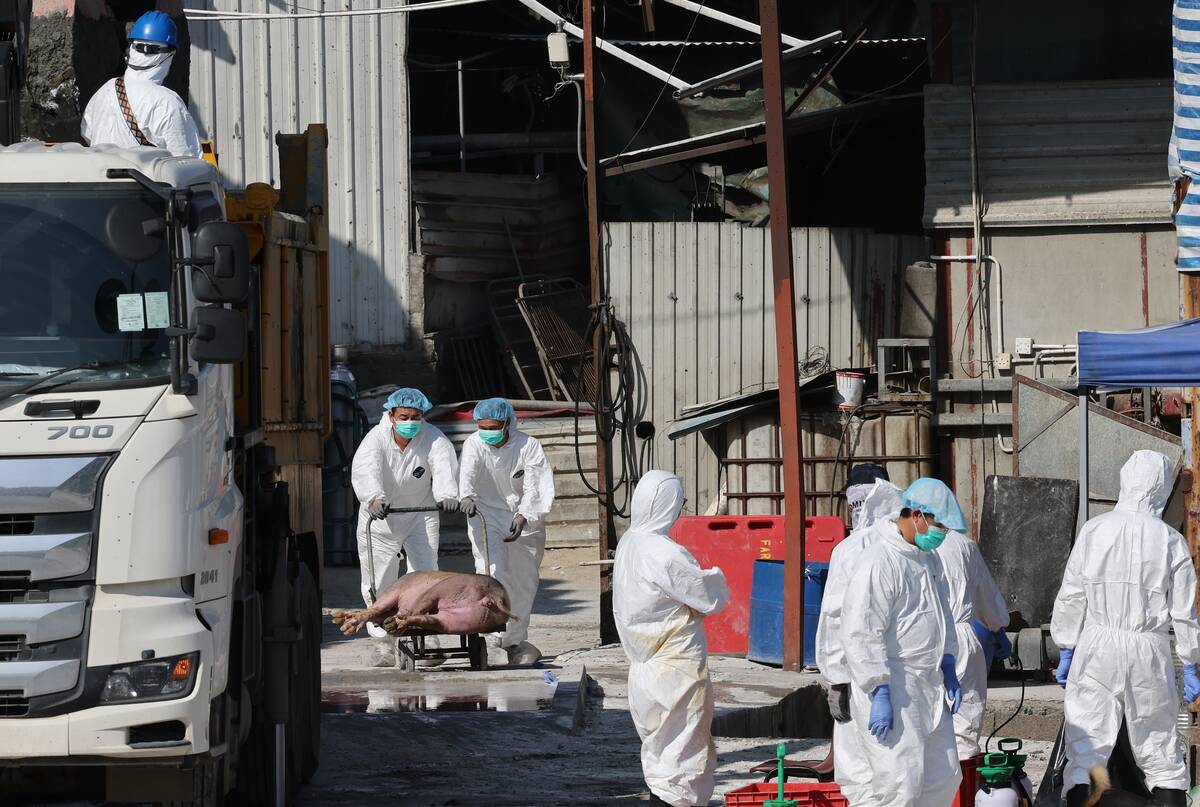Heating pads for piglets offer big energy savings and are just as effective as heating lamps, a recent study has found.
The six-month trial at Interlake Weanlings Ltd., in which 4,700 piglets were raised in five test cycles, found that the difference in average daily weight gain was statistically insignificant. Mortality was slightly lower with the heating pads, at 10.6 percent, compared to 10.8 percent with heat lamps.
The greatest measurable advantage was found in reduced energy costs of around 70 percent, for a total savings of $34 per crate per year.
Read Also

Mixed results on new African swine fever vaccine
The new African swine fever vaccine still has issues, but also gave researchers insight into how virus strain impacts protection against the deadly pig disease.
While heating lamps are fragile and cause difficulties for workers hosing down crates, the four by two foot heating pads are designed like a waterproof electric blanket.
Made with a fibreglass-reinforced plastic shell housing a carbon element, the pads are good for about 15 years.
Heat lamp bulbs, in comparison, cost about $10 each and are rated to last 5,000 hours. When costs are added up for replacing heat lamp sockets, which requires the services of a journeyman electrician, the researchers found that each heat lamp adds $49 a year to the operation.
“The heat lamp socket has to be replaced every two years, according to the new rules introduced in 2006,” said Ray Boris, an agriculture engineer with Manitoba Hydro.
The provincial power company offers financial incentives to hog producers who want to switch to heating pads because reduced local energy consumption allows it to defer new generation investment and export more electricity to the United States.
A farrow-to-finish barn with 524 crates would qualify for a $26,200 payment, Boris said.
With approximately 33,000 crates in the province, the potential savings in electricity demand caused by switching from 175 watt lamps to 66 watt pads would amount to 3.3 megawatts a year.
“It’s win-win for the producer because they save on their hydro bill, the cost of replacing heat lamps and they also get an incentive to do it,” Boris said.
Shokry Rashwan, an engineer with Puratone, which owns Interlake Weanlings, said that although there is clearly a big difference in power consumption between the lamps and the pads, the company would continue to test the devices.
“We only have one room with the pads. We are still just testing the concept,” he said, adding that making the switch would involve a large capital investment.
“I am almost positive that it is going to be the way to go, but I am a very cautious person.”
Although the pads cost $200 each, he said the payback time is attractive if all other variables remain constant.














